Silylation Derivatization Reagent, MSTFA (N-Methyl-N-Trimethylsilyltrifluoroacetamide), 10×1 g Vials, 10-pk.
$117.00
Silylation is the most widely used derivatization procedure for sample analysis by GC. In silylation, an active hydrogen is replaced by an alkylsilyl group such as trimethylsilyl (TMS) or tert-butyldimethylsilyl (tert-BDMS). Silyl derivatives are more volatile, less polar, and more thermally stable. As a result, GC separation is improved, and detection is enhanced.
Both TMS and tert-BDMS reagents are suitable for a wide variety of compounds and can be used for many GC applications. (Note that silylation reagents are generally moisture-sensitive and must be sealed to prevent deactivation.)
Features & Benefits
- Replace active hydrogen, reducing polarity and making the compounds more volatile.
- Increase stability of derivatives.
| Weight | 0.15 lbs |
|---|---|
| Dimensions | 9 × 9 × 3 in |
Related products
Single-Component
Single-Component
1,1,1-Trichloroethane Standard, 2000 µg/mL, P&T Methanol, 1 mL/ampul
Single-Component
Single-Component
Single-Component
MA VPH Surrogate Standard (2,5-Dibromotoluene), 1000 µg/mL, P&T Methanol, 1 mL/ampul

 1,2-Dichloroethane Standard, 25 mg/mL, DMSO, 1 mL/ampul
1,2-Dichloroethane Standard, 25 mg/mL, DMSO, 1 mL/ampul  2,4,5,6-Tetrachloro-m-xylene Standard, 200 µg/mL, Acetone, 5 mL/ampul
2,4,5,6-Tetrachloro-m-xylene Standard, 200 µg/mL, Acetone, 5 mL/ampul 



